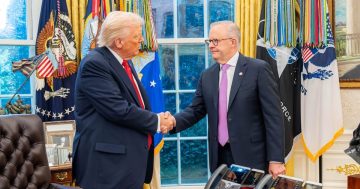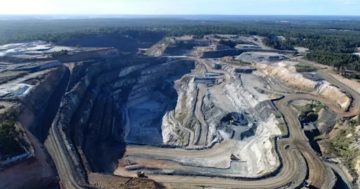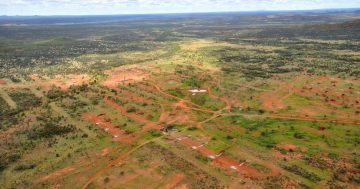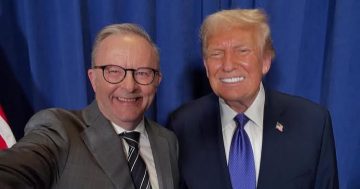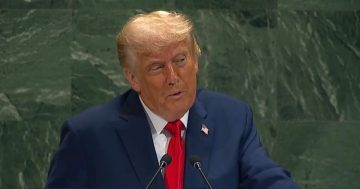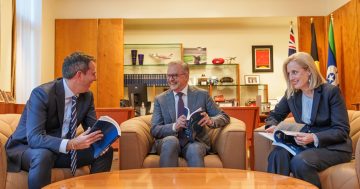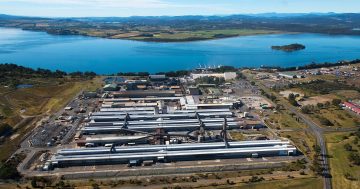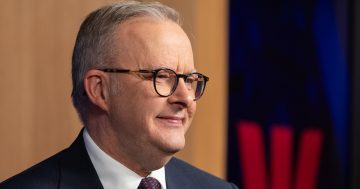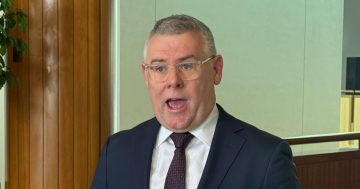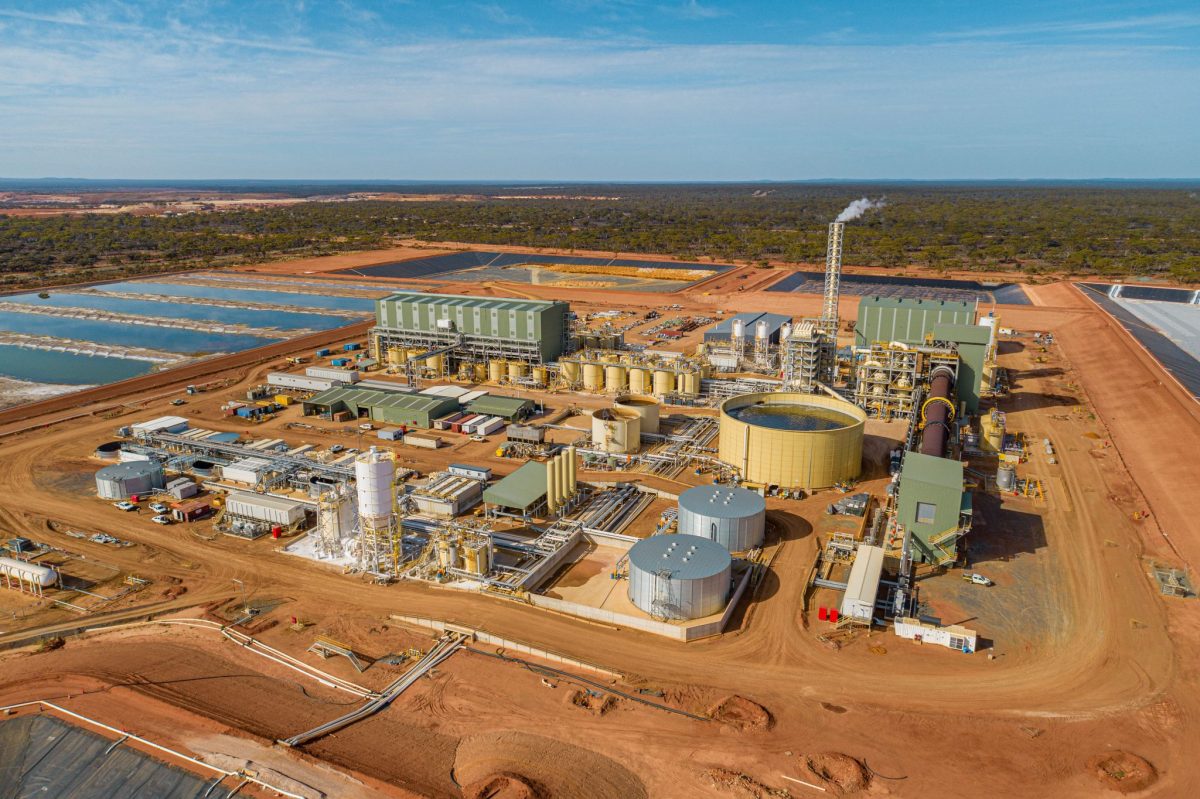
Lynas Corp’s Kalgoorlie Rare Earths Processing Facility: the sector’s received a boost from the new agreement with the US. Photo: Lynas Corp.
The mining industry has welcomed the rare earths and critical minerals framework deal reached between Australia and the United States, saying it is a long-overdue investment in the sector.
That’s just as well, because the Federal Government will need to actively pursue partnerships with the private sector for the wide-ranging agreement to have an impact.
Just a day after US President Donald Trump and Australian Prime Minister Anthony Albanese signed a breakthrough US$8.5 billion framework deal for securing the supply and processing of the minerals, the discussion has turned to the impact it could have in the region.
An objective of the deal is to more ably counter and respond to China’s dominance of the global supply chain.
The Minerals Council of Australia said the framework will encourage greater investment in Australian mining and processing.
“This is an acknowledgement of Australia’s strategically important role in the development of new technologies, defence capabilities and renewable energy infrastructure, and it confirms Australia’s fundamental role in the global supply chain of the very minerals, materials and rare earths that the world requires,” MCA chief executive Tania Constable said.
“Australia’s rich geology, strong mining and processing capabilities, and reputation for reliability and transparency make it a trusted partner in global supply chains, well positioned to meet the growing needs of our long-standing partners in Asia, the US and Europe.”
Industry Minister Tim Ayres said projects will have to stand on their own merits, and the deal doesn’t mean they will get a “free pass” on environmental approvals.
But the government certainly wants to speed up the process of attracting “top table” manufacturing investment and allowing mining companies to apply for financing for rare earths projects.
“In order to make sure that we secure the investment now rather than hope the best for the future, it does require an active government partnering with the private sector,” said Senator Ayres, who was present in the White House when the framework was signed.
“This is how we secure the investment in Australia; otherwise, it goes somewhere else, and Australia’s position would become less economically resilient.”
Rare earths are 17 elements (the 15 lanthanides plus scandium and yttrium) found in the Earth’s crust and are hard to find and expensive to mine.
Ironically, they are also not particularly ‘rare’, but as Geoscience Australia notes, it is not common for them to occur in concentrations sufficient to support commercial mining operations, making them a challenging resource to produce at scale.
They are used in powerful magnets found in weapons, aircraft, modern cars, phone screens, and renewable energy equipment.
China controls a large portion of the world’s mining and processing of the rare earths supply chain.
It has the deposits and has made a dedicated effort over many years in exploiting them.
Critical minerals are a broader category of minerals that each country deems essential for its own economic and/or national security.
Used in defence systems, as well as electronics and renewable energy, these minerals often include lithium, cobalt, nickel and platinum.
Critical minerals can include rare earths, depending on a government’s list and definition of the term. Some countries regard copper as a critical mineral.
The new framework strengthens bilateral cooperation on minerals and jointly safeguards commercial assets.
It seeks to ensure the supply of critical minerals and rare earths necessary to support the manufacturing of defence and advanced technologies, as well as each nation’s industrial bases.
The US’s industrial demand and its stockpiling infrastructure, combined with Australia’s critical mineral reserves, will benefit both countries.
The framework also commits to investment in mining and processing, with each partner agreeing to activate government support and mobilise the private sector support for both capital and operational expenditures.
As part of the framework agreement, the United States and Australia will each invest at least US$1 billion in financing for projects located in both nations within six months.
This will fast-track project development and secure the minerals needed to power emerging defence technologies.
The aim is to open an US$8.5 billion pipeline of critical mineral projects to counter China’s global dominance of the supply chain.
Domestically, the signing of the agreement has been mostly well received, with the Coalition agreeing it is a positive step for Australia.
Opposition Leader Sussan Ley said the PM had much more work to do, however.
“Commitments by Australia with respect to critical minerals – we welcome the start of something,” she said.
Greens Foreign Affairs and Defence spokesperson David Shoebridge was less enthusiastic, saying Mr Albanese sweetened the deal by offering Mr Trump reduced environmental protections for critical minerals extraction in Australia and a potential US veto on who Australia sells to and invests with.
Original Article published by Chris Johnson on Region Canberra.


